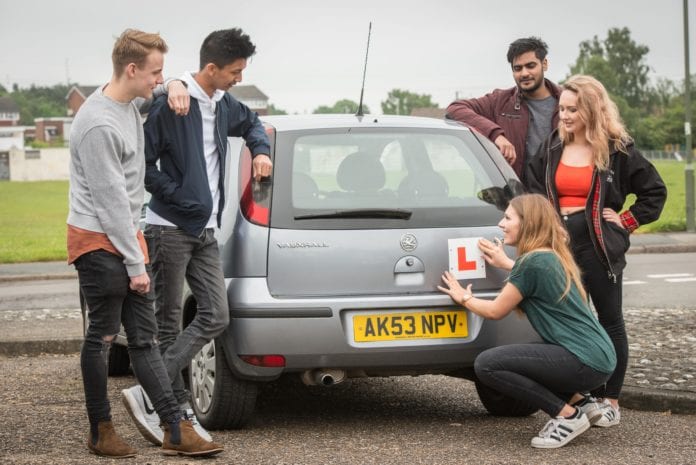Life is full of rules. Some you can bend, some you can break. But when it comes to learner driver insurance rules, it pays to stick to them.
Get ready for the road
Before you take out learner driver insurance (sometimes called provisional driver insurance), you’ll need to tick some boxes…
- You should already have a provisional driving licence.
- You’ll need to be at least 17 years old (unless you have a disability that qualifies you to start learning at 16).
- Your eyesight must meet the minimum standard for driving (you should be able to read a number plate from 20 metres away)
Prepare for driving practice
Once you have a policy in place, there are some more learner driver insurance rules that you will need to follow…
- The car you drive must be in a safe and legal condition.
- You need to practise in the car you have arranged cover for. You can’t just jump in any car.
- While practising, you should be supervised by a qualified driver aged 21 or over with at least three years of driving experience.
- The car must show L-plates front and rear.
The right cover for the right car
You can’t just use any car. Learner driver insurance rules usually restrict each policy to one car…
- There’s usually an insurance group limit (group 45 if you have a policy with Adrian Flux).
- Maximum values also apply (£30,000 with an Adrian Flux policy).
- The supervising driver may need to be older than required by law (say, 25 years old instead of 21).
After passing the practical test
Another rule or two to be aware of after taking your test…
- Cover automatically stops when you pass your test.
- You should take out a regular insurance policy when you pass. Most young drivers will find that a telematics insurance policy is best.



